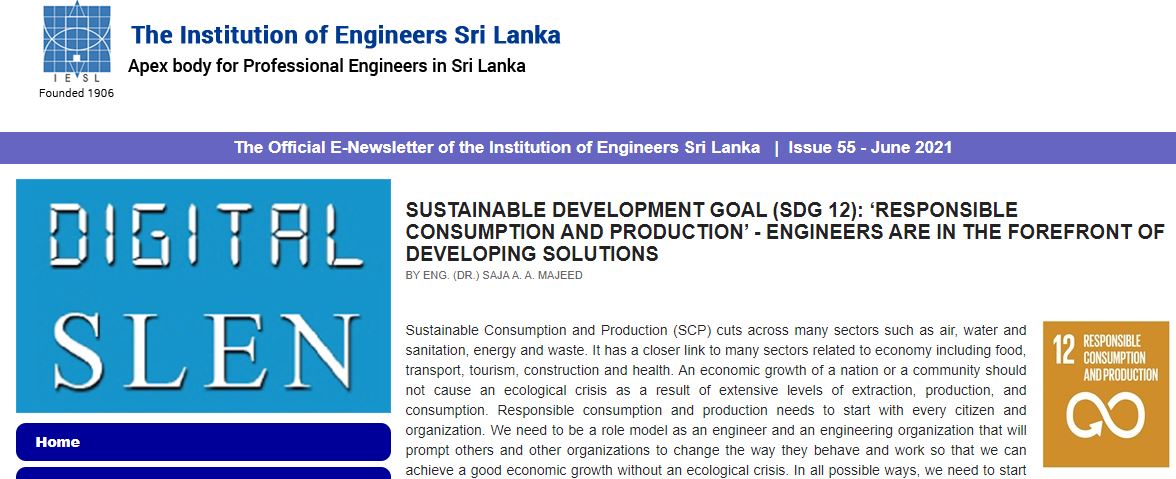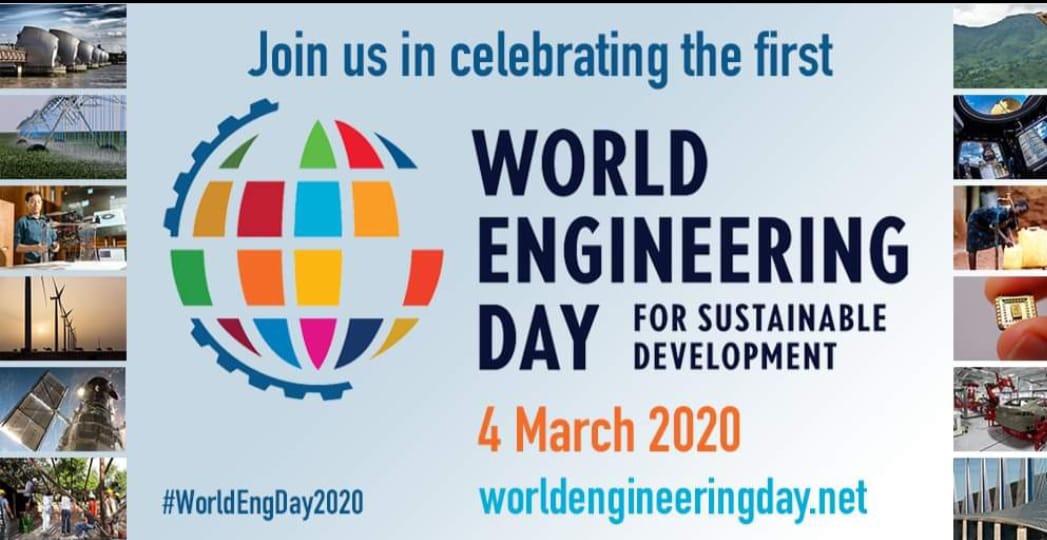Humanitarian Engineering – Not so much talked about in Sri Lanka
I just thought to write this note just after visiting the Engineers Australia Webpage. Engineers Australia has announced the year 2011 is the Year of Humanitarian Engineering – a year in which it will recognize the role of engineering in improving quality of life and disaster recovery.
What does it mean to us as Engineers in Sri Lanka, who have gone through more than two decades of conflict, recurrent annual floods, importantly 2011 floods and major devastation by 2004 Tsunami?
The humanitarian Engineering page of Engineers Australia webpage defines the interface between humanitarian and engineering like this; “Engineers play a huge role in improving the quality of life of people beset by disadvantage as well as helping communities recover from floods, earthquakes and other disasters as quickly as possible. From the delivery of clean water and power, to the design of sanitation services and infrastructure, engineers’ ingenuity helps solve many problems facing communities. Some of the key areas of focus as a profession include: water supply, sanitation, energy, waste disposal, transportation, communications and support for disabled people”.
We have done so much for the past two decades in this area during the continuous protracted humanitarian crisis aroused due to the natural disasters as well as man-made conflict. Are we taking them stocks from the engineering side for our future learning, not only for this part of the country, but as lessons learnt and will give a way out to tackle the similar type of problems needing engineering solutions in the other parts of the world.
Now, we have a real opportunity to initiate this discussion with the launch of symposium of Social System Design by IESL in Sri Lanka this year. I think this type of forums will enable us to foster the importance of engineering in multi-disciplinary platform.
I further explored about Humanitarian Engineering concept and found some interesting definitions and examples. One such example is that;
In the past, engineers may have asked, “How do I generate electricity most efficiently?” The humanitarian engineer asks, “How can I help to reduce poverty?” The answer to this question may include generating electricity, but more importantly, Humanitarian Engineers will try to balance technical excellence, economic feasibility, ethical maturity and cultural sensitivity.
| Humanitarian:
an artifact, process, system, or practice promoting present and future wellbeing for the direct benefit of underserved populations |
+
|
Engineering: designing and creating a component, subsystem, or system under physical, political, cultural, ethical, legal, environmental, and economic constraints. | =
|
Humanitarian engineering:
Design under constraints to directly improve the wellbeing of underserved populations.
|
I recorded a statement during an informal chat with one of my engineering colleagues, who worked in the humanitarian response in the North, who noted “the knowledge of engineering is not just limited to designs, BoQs and contracts in large engineering firms, it also gives you a happiest moment in your life of applying it in a small scale community projects. You can sense how small engineering aspects help to provide dignified life for the affected people. Serving humanity always need to take priority over profiting from those deserve help, which makes us satisfied with what we do”.
Engineers can do far better community and social work than anyone else who just alone study social sciences, if they are tuned with the basic principles of community mobilization. But one would argue that it is difficult vice versa.
In order to be capable of being part of any humanitarian response to which the support from an engineer be demanded, it is always better to be prepared with the necessary skills along with our areas of expertise.
Published by Sri Lanka Engineering News of IESL







